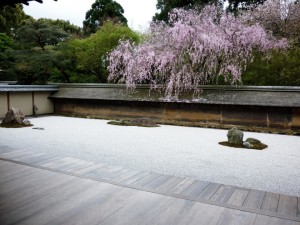Tricks to Reap the Benefits of Gardening in Raised Beds
 If you are feeling sad to be hanging up your gloves and trowel for this summer’s gardening season, we have good news. There are things you can do this fall to stay busy outdoors and help you prepare for your garden next spring. The air is cool and crisp and it’s a great time to prepare your raised gardening beds for next year’s garden. The benefits of gardening in raised beds are many and the work can be minimal. Here are some tips for gardening in raised beds:
If you are feeling sad to be hanging up your gloves and trowel for this summer’s gardening season, we have good news. There are things you can do this fall to stay busy outdoors and help you prepare for your garden next spring. The air is cool and crisp and it’s a great time to prepare your raised gardening beds for next year’s garden. The benefits of gardening in raised beds are many and the work can be minimal. Here are some tips for gardening in raised beds:
Why Raised Beds?
The soil in raised beds tends to stay loose, rich and optimal for growing more so than soil found in ground level gardens. You never walk on the soil in your beds so you never have to deal with soil compaction problems. Another benefit is the ease of weeding. When you build your beds according to prescribed measurements you’ll be able to do your weeding easily from any side. With a wide enough plank, you could even sit on the edge of your bed to do your weeding. In addition, all of your watering and feeding will directly benefit your plants since none of it will be washing onto the walking path.
The Right Size
To get all the benefits of gardening in a raised bed you’ll want to construct them in the size that is easy to manage. If your bed(s) are no larger than four feet across in any direction, you’ll be able to do your weeding and harvesting with ease. Build your beds around 30 inches high to give the best depth of soil and most comfortable height for gardening. If you use rot-resistant materials to build your beds, you won’t have to repeat the process for many years to come.
Ease of Preparation
Soil prep for a raised bed is a simple process. The “lasagna” method is an easy way to prepare your soil and fall is the ideal time to begin. For this method simply make sure grass and weeds are down to the ground. Next, lay newspapers or flattened cardboard on the bottom of your constructed bed. You can hose down the paper layer or drop mounds of mulch to keep the paper in place. Now you have a great spot for all those leaves you rake in the yard. Empty your coffee grounds into the bed. This is your wonderful new compost pile. Non-protein kitchen scraps, newspaper, leaves, grass clippings – all can go directly into the bed and left to decompose until next spring. By then you’ll have a good layer of rich earth that you have made with relative ease.
Benefits of Gardening with Plant Markers
Your new garden will be tidier, easier to manage and look far more professional if you use garden markers. By using Kincaid Plant Markers to designate each plant, you will easily be able to tell which plant is where. Markers help you avoid “weeding out” desirable plants by mistake while helping you space your plants at optimal distances. They also make your garden look terrific. Order yours now so that when spring arrives all you have to do is drop some seeds in your well-prepared beds. It couldn’t be much simpler.
